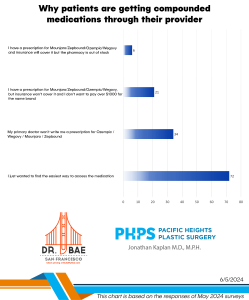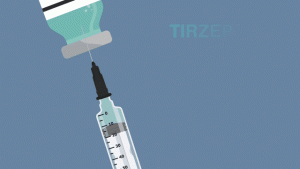
Depending on how much lift you need for your breasts after having kids, you may be a candidate for a periareolar breast lift. In the GIF above, this technique is great if your nipple is at or just below the fold under your breast. That fold is also referred to as the inframammary fold, or IMF for short.
Am I a candidate for a periareolar breast lift?
Whether it’s breast feeding or just age, the breast tend to droop. There are several ways to lift the breasts, but depending on the amount of droop, this can require more incisions, which means more scars.
When the breast sags, the easiest way to provide more volume is a breast implant. This requires the fewest incisions and thus, the fewest scars. But you can’t expect an implant to do all the heavy lifting in all cases. If a breast has a great deal of sag and only an implant to help, the result will be an implant high on the chest, with the breast falling off the front of the implant like a waterfall.
Various types of breast lifts
To avoid this, your surgeon will remove excess skin to tighten the breast “skin envelope.” If you have a lot of excess skin, an anchor incision is necessary. That’s when the incision goes around the nipple and areola, then down to the IMF and then horizontally within the IMF.
Less droop? Then you only need an incision around the nipple and areola and then down to the IMF. This is a “lollipop incision.” Lastly, if you have even less droop, but too much to rely on just an implant, then you may be a candidate for the periareolar breast lift as shown above and below.
This is when excess skin is removed from just around the pigmented areola. The skin is gathered around the areola to lift the breast. Your doctor can also place an implant through the incision around the areola. As seen in the video, a GoreTex suture is the suture of choice to permanently keep the skin tight. Because the lift is around the areola, this is also the location of the tension. So if you use an absorbable stitch, the incision can slowly spread under all the tension.
With a permanent GoreTex suture, even with tension along the incision line, the GoreTex keeps the scar from spreading. Also, the smooth GoreTex suture makes it easy to tighten the skin around the areola as seen in the video.
Watch the video!
To check Dr. Kaplan’s pricing for this procedure, click here.
Click here for the original blog post written by Dr. Kaplan for BuildMyBod.




